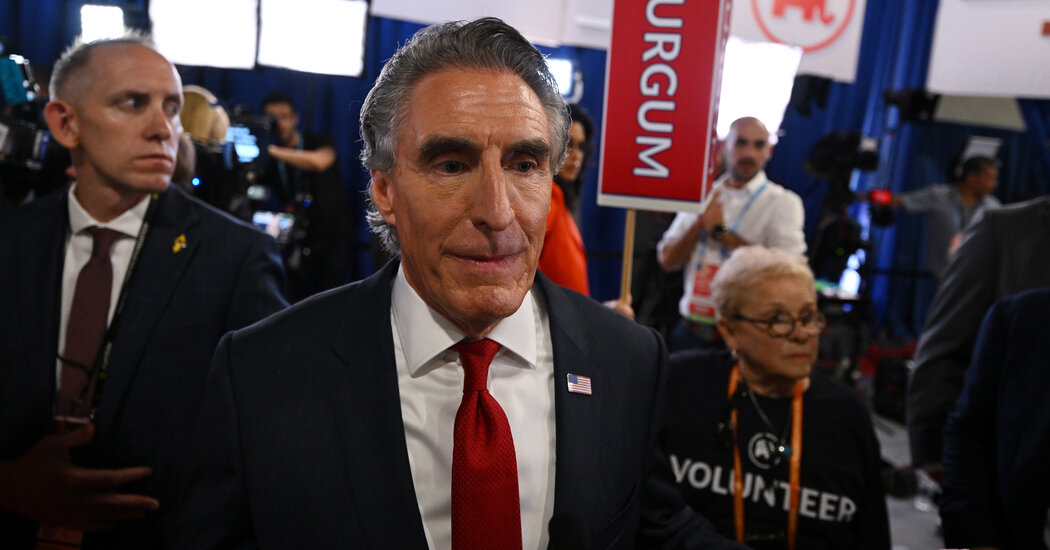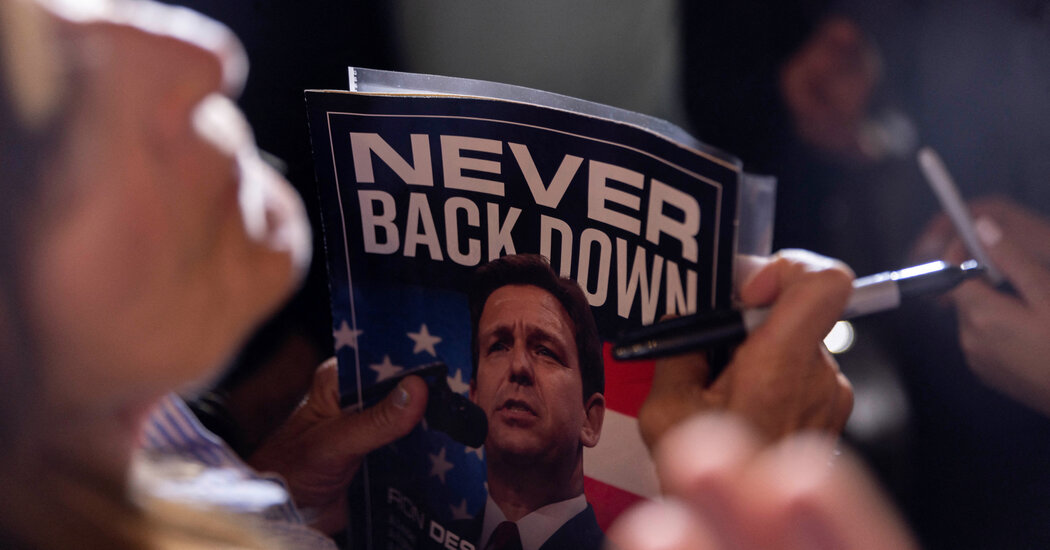Ex-Professor Gets More Than 5 Years in Prison for California ‘Arson Spree’
A former criminology professor who specialized in social deviancy and “went on an arson spree” was sentenced on Thursday to more than five years in prison after he admitted to setting four fires in California in 2021, prosecutors said.
Judge Daniel J. Calabretta of U.S. District Court for the Eastern District of California sentenced the man, Gary Stephen Maynard, 49, of San Jose, Calif., to 63 months in prison, court records show. He pleaded guilty to three counts of arson on federal property in February.
Prosecutors said that Mr. Maynard had admitted to setting a series of four fires in July and August 2021, including one behind firefighters who were already battling the Dixie fire, which burned more than 960,000 acres and was one of the largest wildfires in California history. Once out of prison, he will be on supervised release for three years and must pay more than $13,000 in restitution, according to prosecutors.
Mr. Maynard had initially faced four counts of arson when he was indicted in November 2021, according to prosecutors. One count was dismissed as part of a plea agreement, court records show.
In their sentencing memorandums, prosecutors and Christina Sinha, a lawyer for Mr. Maynard, recommended a sentence of five years and three months.
Ms. Sinha wrote in her memo that the sentence “accounts for all aggravating factors in this case, while also accounting for the then untreated and significant mental health issues” that Mr. Maynard was dealing with when he set the fires.
Since the fires in 2021, Mr. Maynard has sought mental health treatment, and he will continue to have access to such services in prison, Ms. Sinha wrote.
Ms. Sinha did not immediately respond to a request for comment on Thursday.
Phillip A. Talbert, the U.S. attorney for the Eastern District of California, said in a statement on Thursday that Mr. Maynard “went on an arson spree on federal land while California faced one of the worst fire seasons in history.”
“He intentionally made a dangerous situation more perilous by setting some of his fires behind the men and women fighting the Dixie fire, potentially cutting off any chance of escape,” Mr. Talbert said.
Mr. Maynard admitted to setting fires in 2021 in two different areas: the Shasta-Trinity National Forest and near the Dixie fire in the Lassen National Forest. He set the Cascade fire on July 20, the Everitt fire on July 21 and the Ranch and Conard fires on Aug. 7, prosecutors said.
The fires were extinguished before they could destroy any buildings, according to prosecutors.
Mr. Maynard was an adjunct faculty member at Santa Clara University from September 2019 to December 2020, and he had also taught criminology and sociology at Chapman and Sonoma State Universities, prosecutors said.
Former students of Mr. Maynard described him in interviews as anxious and troubled. Mr. Maynard wrote at least six articles on Jonestown and Jim Jones, the cult leader, topics he said he was drawn to because they allowed him examine the field of social deviance.
Around the time of the fires, Mr. Maynard was living out of his vehicle, according to the complaint. A Santa Clara University colleague of Mr. Maynard, who was not identified, told the police in October 2020 that Mr. Maynard was struggling with anxiety, depression, split personality, and wanted to kill himself, the complaint said.
After the second fire, on July 21, investigators grew suspicious that arson was involved, according to the complaint. One investigator noticed that the tire marks in the dirt near the Everitt fire were similar to those at the previous blaze, the complaint said.
Investigators were later able to determine that Mr. Maynard was behind the fires in August by using his food stamp transactions, phone records and a device they attached to his vehicle in a restaurant parking lot, according to the complaint.
Prosecutors wrote in a sentencing memo that Mr. Maynard had been “willfully setting fires” and that he was “doing so in order to harm people.”
“Maynard intentionally took advantage of a volatile situation — a massive forest fire burning large swaths of the state — and used it as an opportunity for his own malicious arson spree,” prosecutors wrote.


